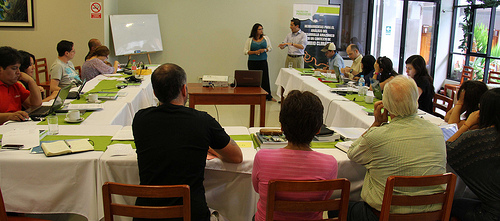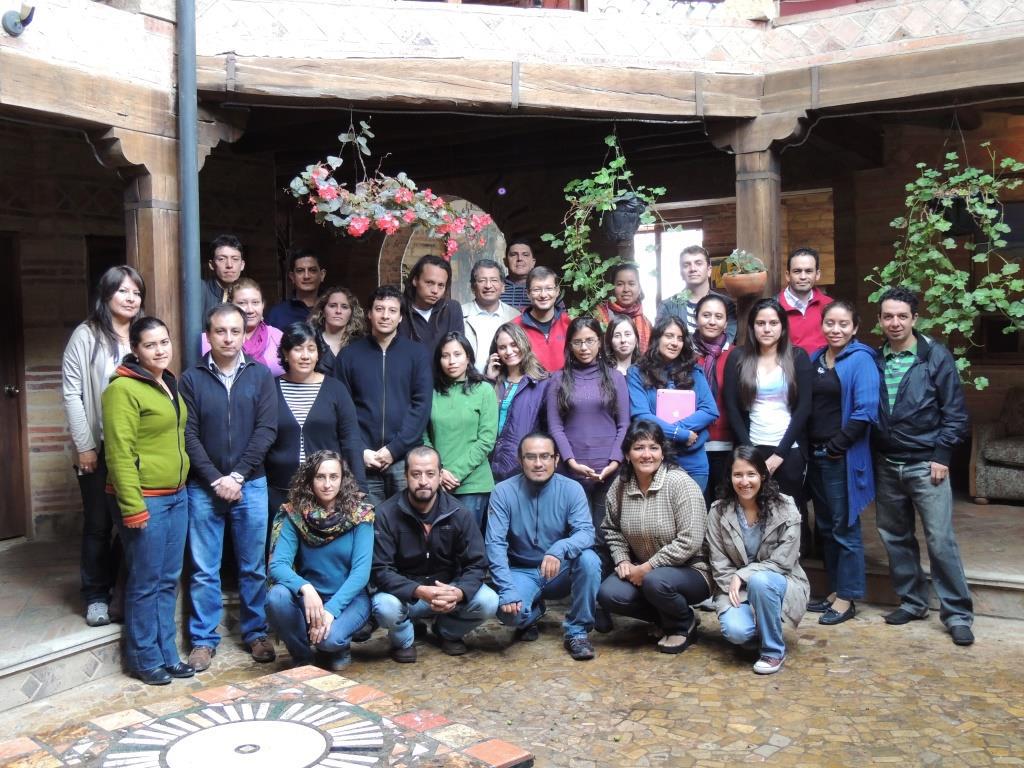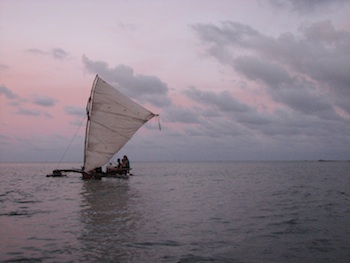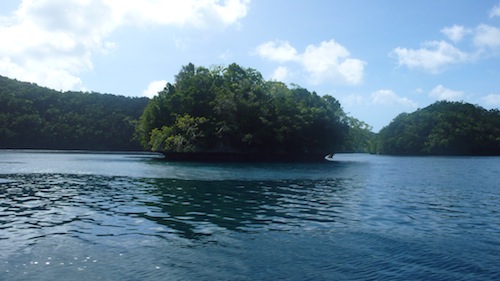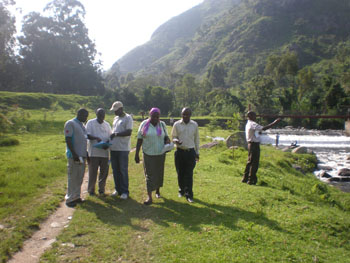News
Journalists and environmental experts from Bolivia, Peru, Ecuador, Colombia, and Brazil recently participated in the Amazon Dialogue for Journalists in Puerto Maldonado, Peru. The goal of the meeting was to provide analysis tools to participating journalists on the value of biodiversity and ecosystems management. Journalists were exposed to information on issues surrounding large infrastructure projects, economic tools and incentives for conservation, and food, water and energy security in the Amazon. They were connected to experts in the field and were able to exchange ideas on how effective communication can lead to better decision-making.
In May, I had the opportunity attend CSF’s Economic Tools for Conservation training course in Colombia. This course specifically focused on Payments for Ecosystem Services (PES) as a tool for conservation.
In April I had the unique opportunity to facilitate a one-week scenario-building workshop on the beautiful island of Yap in the Western Pacific. Yap is one of four states in the Federated States of Micronesia (FSM), and lies in the far western part of the Pacific Ocean, close to Guam and Palau. We were invited by the Yap State Chamber of Commerce, who is working to guide and support Yap’s development amidst a sea of uncertainty and change. One of the Chamber’s members, Berna Gorong, attended our Economic Tools for Conservation in Micronesia in Pohnpei in March of 2012.
I am pleased to write an update on the activities and conservation initiatives that I have been working on after attending Conservation Strategy Fund’s 2012 course, Economic Tools for Conservation, in Stanford, CA.
February was a month of non-stop travel for me. Having just started working with CSF I got shipped off on a whirlwind tour of Micronesia and Bali. Not a bad start I suppose!
Conservation Strategy Fund has been training conservationists, natural resource managers, and policy-makers in the language of economics for nearly 15 years. Hear first-hand what our course participants and instructors have to say about why CSF's training programs are effective and make a big difference for conservation.
Knowledge of economic tools in conservation shouldn't just exist on an individual level. In order to make an even bigger impact on nature, CSF is taking its training to the institutional level this month with Wildlife Conservation Society (WCS) in Bolivia. WCS was selected by CSF for our first ever In-House Training, funded by the Gordon and Betty Moore Foundation's Andes-Amazon Initiative (AAI). WCS saves wildlife and wild places worldwide through science, global conservation, education and the management of the world's largest system of urban wildlife parks.
For Angela Mojica, a marine biologist in Guatemala, this year's course forced her to think in a completely different way. Watch the video below to find out what had previously been missing in her conservation efforts.
David Johnson, currently a professor at Harvard University, has been teaching microeconomics with CSF since 2004. When asked if economics can alter the way environmentalists approach conservation, he had this to say:
From June 11-22, 2012, twenty-eight environmental professionals from eight African nations gathered at the Rwenzori International Hotel in Kasese, Uganda to learn how economic approaches can help them address environmental impacts of infrastructure development in the Albertine Rift.

